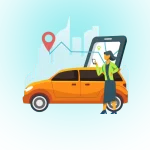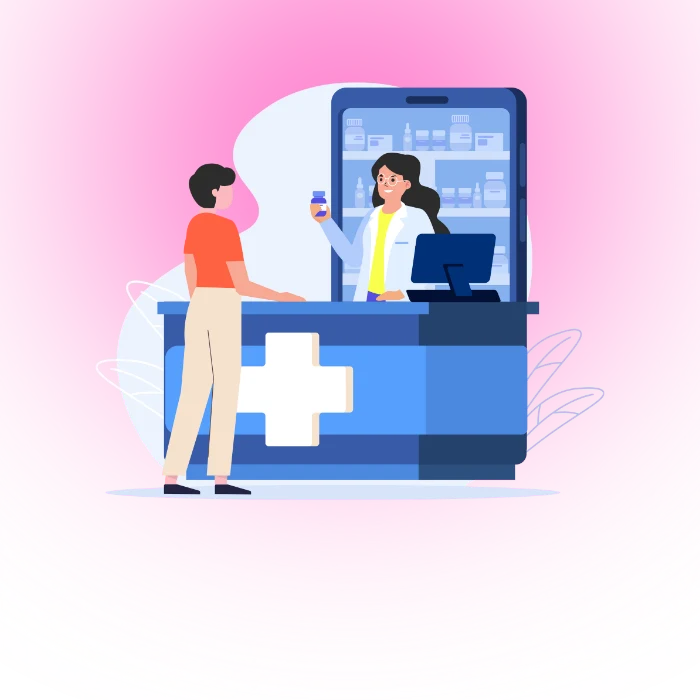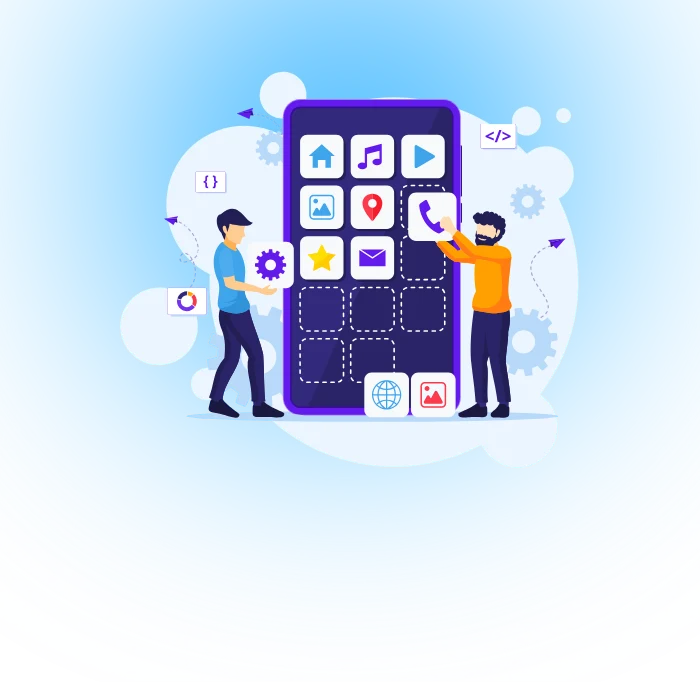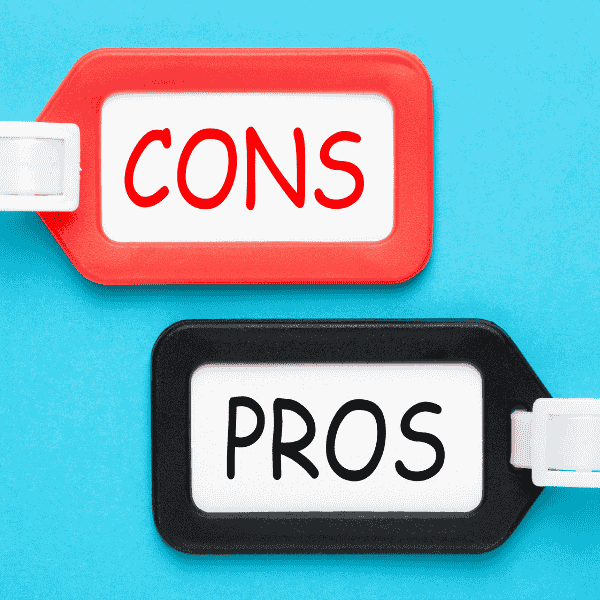The healthcare and pharmaceutical industries are rapidly adopting new technologies to improve efficiency, lower costs, and provide better patient care. A key area of innovation is medicine and prescription delivery apps, which allow patients to conveniently order medications online and have them delivered directly to their door. But how much does it actually cost to develop one of these apps? In this post, we’ll break down the key factors that impact medicine delivery app development cost and pharmaceutical delivery app pricing.
What is a medicine delivery app?
A medicine delivery app, also called a prescription delivery app, allows patients to order prescription medications via a smartphone app or website. The app is connected to an online pharmacy that handles payment, prescription verification, and medication fulfillment. Delivery drivers then pick up prescriptions from the pharmacy and deliver them to the patient’s home.
Some Medicine Delivery App Features Include:
User profiles and medication history
Digital prescription uploads
Insurance and payment processing
Status tracking and notifications
Communication with pharmacy staff
Delivery address management
Medicine delivery apps aim to make following doctor’s orders and filling prescriptions easier for patients and pharmacies. They can also help control medication costs and allow easier access to medications.
Factors Impacting The Cost Of Creating A Medication Delivery App
If you want to create a medicine delivery app, pricing will depend on many technical and business factors. These include:
App Platform
The app platform (iOS, Android, web) impacts the programming language and frameworks used for development. Native iOS and Android platforms generally cost more than a responsive web app.
Core App Features
The number and complexity of app features affect cost. Basic features like user authentication or status notifications will be cheaper and simpler than integrating with insurance claims or automating prescription verifications. More app features mean more development, which increases your pharmaceutical delivery app pricing.
Design Customization
The cost to create a mediation delivery app design from scratch is higher than using off-the-shelf templates. Custom interfaces, branding, and visual assets take more time and skill to develop. Unique designs may better suit your brand but also increase your app expenses.
Security And Compliance Policies
Strict healthcare data protection laws require medicine delivery apps to be highly secure with user access controls, data encryption, and more. Building compliant security procedures is crucial but also raises your development and testing costs compared to apps in other industries.
Third-Party Integrations
Connecting your app to external tools and databases comes with licensing fees and integration costs. Common integrations include payment systems, prescription databases, and delivery management systems. More third-party integrations increase the cost of creating medication delivery app capabilities but also improve functionality.
Backend Infrastructure
The servers, databases, and cloud hosting services supporting your app carry ongoing subscription fees and administrative costs. More complex infrastructure drives your back-end expenses higher over time.
Included Delivery Services
Building delivery driver coverage or relationships with delivery partners is a significant part of your medicine delivery platform development cost. Delivery logistics require costly investments in staffing, routing software, vehicles, fuel, insurance, and facilities.
As shown above, many technical and business variables influence the total price tag for building a medicine delivery app. But how much does app development actually cost for a typical project?
Medicine Delivery App Development Cost Breakdown
A basic medicine delivery app with standard features for iOS and Android, template-based designs, in-house delivery drivers and basic infrastructure may cost around $50,000 to develop according to industry analysis. However, costs often exceed $100,000 to $500,000 when you factor in complex features, custom designs, advanced security, and third-party integrations.
Here is a more detailed breakdown of common pricing ranges for key components of a medicine delivery app project:
Planning and scoping: $5,000 to $15,000 Early planning covers business analysis, technical scoping, investor pitches, and figuring out features.
UX/UI design: $5,000 to $30,000
Template-based designs start around $5k while custom mobile designs cost around $15k per platform.
Front-end development: $15,000 to $75,000 The complexity of features/interfaces impacts the costs of building the client-side apps.
Back-end development: $10,000 to $100,000 Backend databases, servers, and scripting to power the apps.
Delivery logistics: $5,000 to $50,000
Building delivery management software, hiring drivers, and acquiring vehicles.
Security and compliance: $10,000 to $100,000 Implementing advanced data protections to meet regulatory standards.
Testing and QA: $5,000 to $30,000
Ensuring apps function properly before launch requires substantial testing time.
Hosting and infrastructure: $1,000 to $15,000 per month
Ongoing costs for servers, software, and database licensing.
Post-launch support/enhancements: $30,000+ per year Regular app updates and resolving issues after deployment.
In total, realistic costs to create an end-to-end medicine delivery app typically start around $100k on the low end but can exceed $500k for systems with advanced capabilities. Brands should plan for higher investments when including complex services like integrated insurance claims, automated prescription processing, and coordinated same-day delivery fleets. These increased expenses pay off over time with higher user adoption, engagement, and order volumes.
Strategies for reducing medication delivery app cost
Here are some tips pharmaceutical brands can use to control or decrease costs for their prescription delivery app development price:
Focus on core features first – Stick to must-have functionality like orders/payment and notifications before building advanced options later to reduce initial development costs.
Use web apps – Web apps work across platforms so you can avoid the engineering costs of native iOS and Android development.
Incorporate agile development – Break projects into modules tackled by iterative sprints to help control scope and cost.
Automate manual processes – Integrate tools like e-prescriptions and insurance verification to reduce manual processing expenses long term.
Evaluate offshore and freelance developers – Compared to US/UK agencies, offshore firms, and freelancers usually charge less for app dev services.
Buy starter health app source code – Sourcing pre-built healthcare app templates lets you build on proven frameworks vs coding a custom system from scratch.
Implement delivery partnerships – Form relationships with multi-vendor delivery companies instead of building in-house fleets which require huge capital investments.
As with any technology project, upfront planning, setting priorities, and giving internal teams ownership over long-term success help balance innovation desires with practical budgets. Medicine delivery services solve real patient and provider problems but only if executed at reasonable cost and quality levels suitable for wider business success over time.
Optimizing Operations to Control Medicine Delivery App Costs
For pharmacy brands, building a medicine delivery app is only the first step. You also need to optimize your fulfillment and delivery operations to provide patients with a seamless user experience that promotes ongoing engagement and loyalty.
Let’s explore some best practices for leveraging your tech investment while efficiently managing prescription delivery expenses after launch:
Streamline Order Processing
The easier and faster it is to process incoming orders, the lower your operational costs. Automation and integrations that reduce manual order handling – like automated insurance checks or e-prescription inputs – save big on labor requirements. centralize ordering information to limit time-intensive communication back and forth with patients and prescribers.
Invest in Fulfillment Technology
Automated pharmacy fulfillment systems accurately assemble prescriptions at high volumes to speed up order processing times. While the upfront cost is significant, pharmacy automation pays off tremendously via faster order turnaround, lower risks of errors, better inventory management and less demand for manual staffers.
Refine Delivery Management Logistics
An efficient delivery fleet is imperative for fast customer deliveries with each route and driver fully maximized for productivity. GPS tracking provides real-time visibility while analytics help identify optimizations like strategic warehouse locations to minimize transfer distances. Don’t overinvest in early fleet scale – start small while analyzing operational data, then make informed expansion decisions.
Form Strategic Partnerships
Partnering with existing pharmacy or delivery networks helps control expenses while still providing wide service coverage. Multi-vendor courier platforms connect independent drivers on flexible contracts to keep labor costs scalable. Coordinating transfers with major pharmacies or distributors helps expand next-day reach for rural residents far from warehouses. Strategic partnerships relieve pressure on supporting expansive in-house operations too quickly.
Focus on Density vs Breadth First
When branching out to new regions, target densely populated zones that maximize per-route drop-off efficiency to control costs. Broad rural expansion may advertise wide coverage but ultimately strains resources due to longer distances and higher costs per order. Tactically focus density first, then expand reach according to data-driven demand.
Set Realistic Start-Up Expectations
Curb excessive early-stage expectations around swift regional dominance or quick profits – especially given slim margins in pharmacy services. Focus priorities instead on exceptional customer experiences through reliable services. Delighted customer feedback sparks organic word-of-mouth marketing to systematically scale new users in cost-efficient ways.
Continue Driving Adoption Post-Launch
A beautifully designed app will flounder without continual marketing efforts post-launch targeting both patient and clinical audiences across digital and print channels. Promotions inspire sign-ups and downloads, while laminae cards and posters placed strategically in clinics remind patients and doctors at the point of prescribing. View adoption marketing as an ongoing initiative, not a one-time cost.
By combining innovative app capabilities with operationally optimized fulfillment processes, pharmacies can strategically pace their prescription delivery program growth in cost-conscious ways for smarter expansions tied directly to service demand. While apps attract users, your backend logistics either constrain attempts to scale or unlock dramatically wider reach if designed appropriately to control expenses per order. Building future-forward digital pharmacy infrastructure requires an integrated view aligning both technical and operational investments to responsibly grow medicine access one prescription at a time.
Case Studies of Successful Medicine Delivery Apps
Understanding how other pharmacies have built successful medicine delivery apps provides benchmarks to inform your own technology strategy. Here are two case studies highlighting prescription delivery apps delivering convenience along with impressive business growth:
Capsule
Capsule is a rapidly expanding, same-day prescription delivery service launched in New York City. Their mobile app and web platform simplify reordering and delivery management for thousands of chronic medications. By integrating with insurance providers, Capsule automates first-fill authorizations which is a huge CX bonus for accelerating deliveries.
Results: Capsule has delivered over 1 million prescriptions in under 5 years alongside skyrocketing demand – 2021 sales alone exceeded their first 3 years combined! 2021 revenue also tripled year-over-year reaching nearly $100 million as the company expanded nationally.
Truepill
Truepill built direct API connections with key industry players like GoodRx to rapidly scale its digital pharmacy infrastructure nationally. Truepill’s modular micro-services streamline building custom medicine delivery apps on top of proven pharmacy order/fulfillment systems other brands leverage.
Results: Truepill’s B2B service model and API approach fuels tremendous growth. Their volumes exceed an impressive $2+ billion in annual transactions through rapid White Label client expansions as more pharmacies race to launch modernized, digital experiences – without enormous build costs.
These examples demonstrate big results earned by optimizing operations and controlling expenses to profitably scale medicine delivery apps. With smart planning and data-driven growth, your pharmacy can find similar success transitioning towards modernized services advancing consumer-first convenience, care, and outcomes over the long term.
Planning and Optimization Minimizes Costs
Any pharmacy must carefully weigh investments in medicine delivery apps against patient benefits, competitive necessity, and realistic operational constraints. But by optimizing services around density first and incremental expansions tied directly to demand, innovative pharmacies can put prescribing power literally in the hands of patients across wide geographies – one swipe, tap, and delivery at a time. Integrating technical capabilities with savvy operational planning sustains steady growth while controlling expenses. With minor adjustments or even failures along the journey, customer-focused mobile prescription experiences represent the obvious next chapters for forward visionaries committed to advancing care access for all.
Conclusion
Developing a medicine delivery app is a complex undertaking with development costs ranging from tens of thousands to several hundred thousand dollars. However, healthcare technology also offers immense value for pharmacies, providers, and patients in terms of data accessibility, process efficiency, and care quality improvements.
With mindful planning around must-have features, flexible technology choices, and cost management tactics, healthcare brands both large and small can feasibly build innovative yet affordable prescription delivery apps matched to immediate business needs and long-term objectives. A well-executed medication delivery solution conveniently puts life-saving treatments in patients’ hands when and where they need them most.
FAQs
How much does it cost to develop a basic medicine delivery app?
Simple medicine delivery app with basic features costs around $10,000 to $20,000. MVP For medicine delivery app can be developed within budget of $5000.
What is the average cost per hour to develop a pharmaceutical delivery app?
With team Epistic, Professional mobile app development costs $15 to $ 25 per hour.
How much is cost to build medicine delivery app like 1mg?
At Epistic , developing a medicine delivery app similar to 1mg typically costs between $22,000 and $25,000. This estimate covers core modules such as the user app, pharmacy partner app, and admin dashboard.
How much is cost to build medicine delivery app like Pharmeasy?
The development cost for a PharmEasy like medicine delivery app at Epistic Technologies ranges from $22,000 to $25,000. It includes essential features such as medicine browsing, prescription uploads, secure payments, real-time delivery tracking, and pharmacy management tools.
What is on-demand delivery app?
On-demand delivery app connects customers with businesses or service providers to order and receive products or services, in real-time or within a specified timeframe






